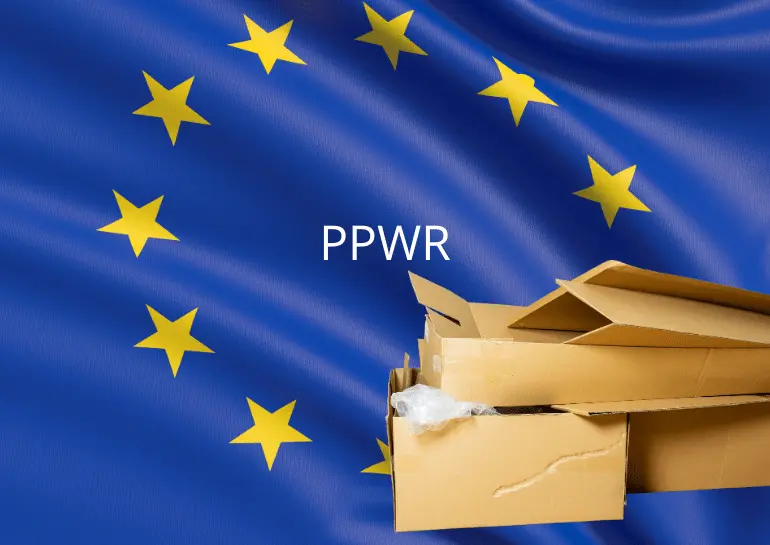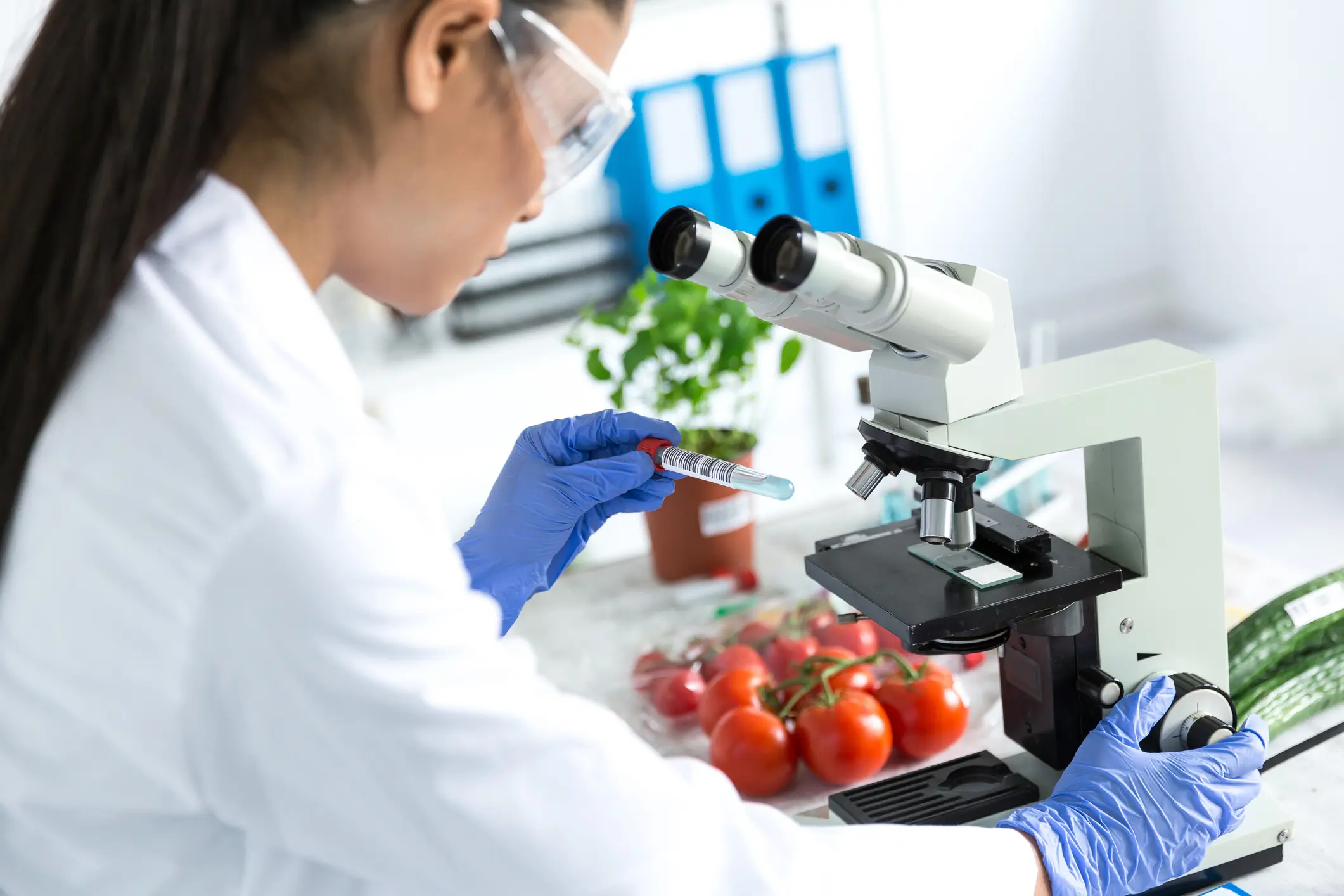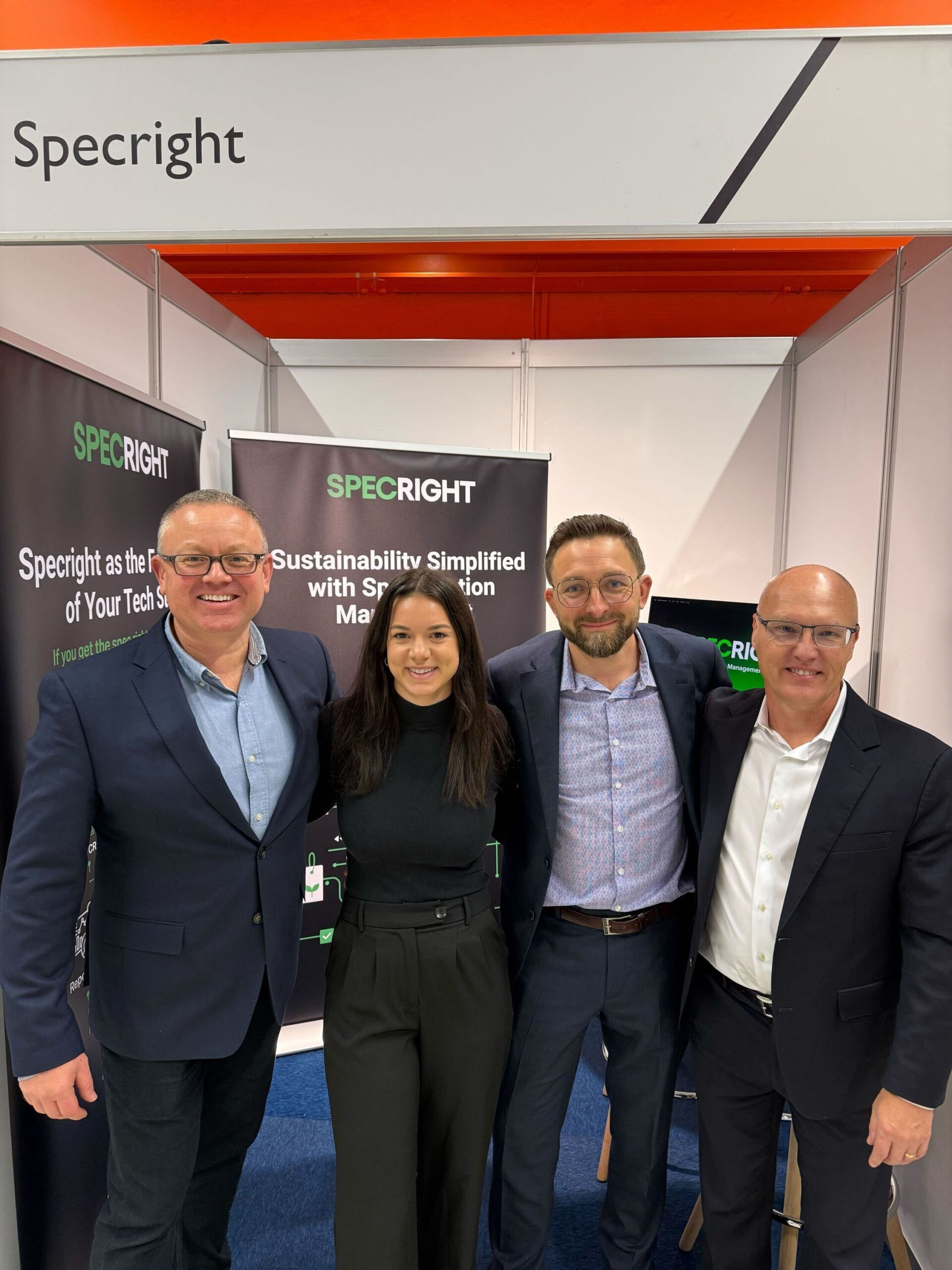What is the EU’s Packaging and Packaging Waste Regulation?
At a high level, the EU’s Packaging and Packaging Waste Regulation uses a wide range of requirements and targets aiming to minimize packaging waste, encourage the circular economy principle, and reduce the overall environmental impact of packaging.
The regulation raises the bar for recyclability and sustainability in packaging design by setting stringent goals for 2030, 2035, and 2040. Not only does the legislation address recyclability and reusable packaging but it also addresses concern for specific materials being used in packaging. Unlike other packaging legislation, PPWR looks beyond just the environmental impact of packaging but also addresses the health aspects – establishing a new benchmark for what sustainability means across industries.
Understanding the Core Goals & Objectives of the Packaging and Packaging Waste Regulation
Boiled down, PPWR’s main objective is to reduce excessive packaging and packaging waste – but these aims go beyond just high-level expectations setting aggressive goals for the coming years.
PPWR aims to achieve the following:
- Reduce packaging waste by 5% by 2030, 10% by 2035, and 15% by 2040
- Ban certain single-use plastic packaging types by 2030
- Ban the use of any harmful chemicals, such as PFAS, in packaging materials
- Increase the use of reuse or refill options, specifically in the food and beverage, e-commerce, and foodservice industries by 2030
- Design all packaging for recyclability by 2030
- Increase the amount of recycled content materials in packaging
As this legislation continues to roll out it is critical that affected companies and industries stay up to date with secondary legislation and follow-up actions set out by the European Commission. In order to make these goals a reality it is critical that the EU continues to focus on developing the next steps to set industries up for success.
Compliance and Reporting Requirements
PPWR has legally binding recyclability requirements that will come into play in the coming years. In order to prepare, companies must start designing for recyclability now, before it’s too late. Although exact reporting requirements for PPWR have not been released yet it is critical that companies are proactive about packaging design moving forward to avoid costly fines and negative brand reputation.
Companies should expect to report on the material composition of packaging, recyclability metrics, reuse system data, and waste generation and recycling rates. In order to do so it is critical that companies have access to up-to-date and accurate data and specifications related to their packaging.
Exceptions and Exemptions
Exemptions from PPWR are limited but may include certain packaging for medical devices, transportation of dangerous goods, contact-sensitive food packaging, and certain packaging materials such as wood, cork, textile, or ceramic
With this said, as organizations audit current and newly developed packaging, in-depth analysis and understanding of PPWR should take place to ensure that any potential materials truly do fall under this category.
Challenges and Concerns of the Packaging and Packaging Waste Regulation
Many of the concerns related to PPWR relate to the complexity of implementing these new packaging expectations into current packaging designs and processes. Reporting requirements can also pose a concern for many companies. Because of the intricacy of PPWR companies may find it difficult to accurately track and define material types, amounts, and weights of all their packaging SKUs.
Not only are there concerns around implementing PPWR internally for companies but there are also governmental concerns related to having enough of the correct recycling infrastructure to support increased levels of recyclable packaging and new materials.
How Specright Enables Waste Reduction and More Sustainable Packaging
The reality is that, like many sustainable packaging regulations, PPWR is complex and reporting out on all of its niche requirements takes time and patience. In the absence of up-to-date and accurate packaging data, PPWR reporting can feel near impossible.
With purpose-built Specification Data Management (SDM) tools, like Specright teams can work cross-functionally to track and update packaging data and specifications all in one system. Specright’s built-in templates help teams clearly track their packaging materials, all the way down to their percentages and weights. By digitizing data all team members can develop the PPWR reports that are required of their role.
With packaging legislation like PPWR and Extended Producer Responsibility (EPR) on the rise, it is critical that companies start improving their reporting processes now – setting their teams up for success no matter how complex new regulations may seem. To learn more about Specright and how we are enabling companies to better manage and adapt to sustainable packaging regulations check out this page or request a demo with our team.
Explore More Blogs
Get Started
With Specright’s Solution Suite, you can digitize, centralize, and link your specification data to drive efficiencies, intelligence, traceability, and collaboration within your organization and across your supply chain network.




